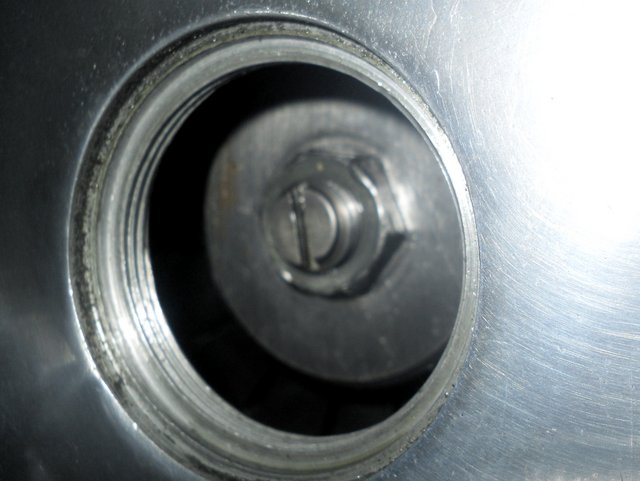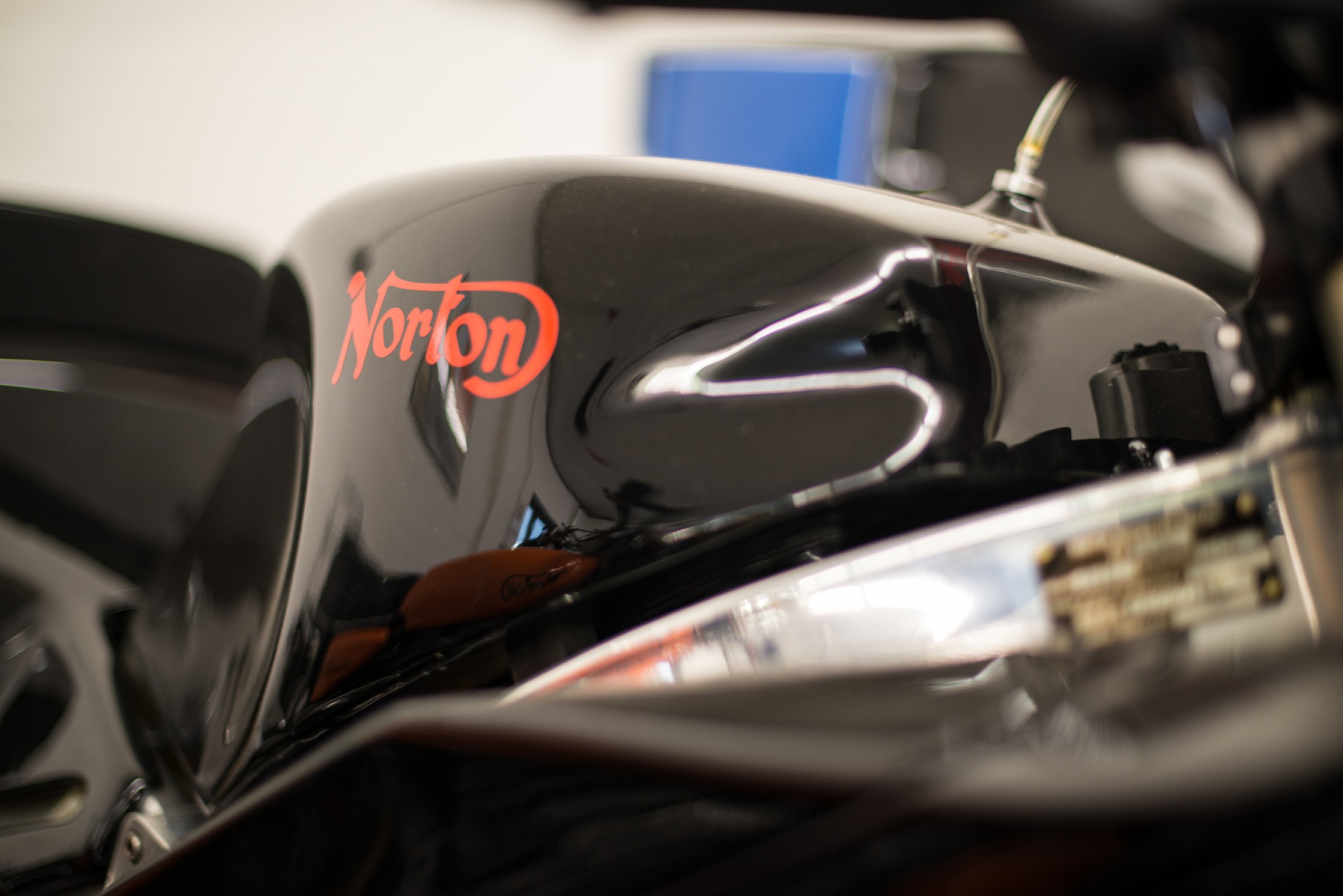lazyeye6
VIP MEMBER
- Joined
- Feb 28, 2014
- Messages
- 1,182
As a result of this thread I purchased a new Venhill FL clutch cable and a 3mm steel clutch plate from RGM to replace an OEM 2mm plate. The clutch pull was quite hard and unacceptable to me. I had thought of buying the cNw ez pull kit ($200+), but I have transformed the clutch pull with a new cable and a clutch plate. It is now 2 fingers! The hardest part was having to pay RGM $22 shipping for an $11 part.


